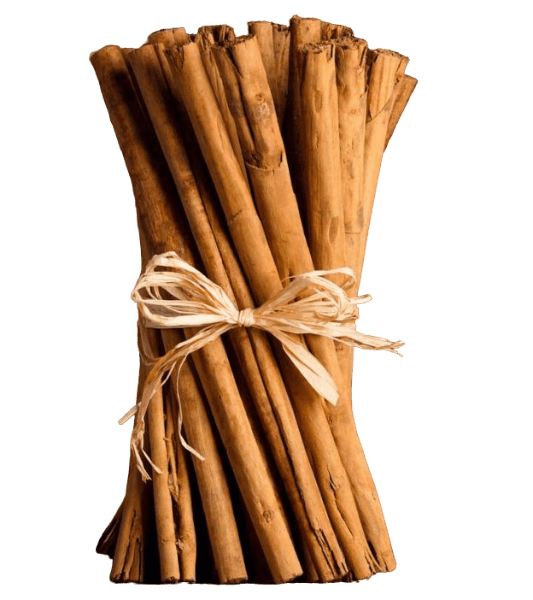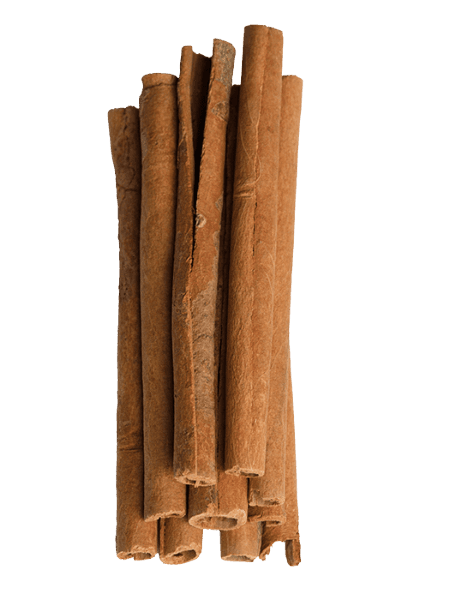
Ceylon cinnamon, often referred to as "true cinnamon," has a history that stretches over 2,000 years. Native to the lush forests of Sri Lanka, it has long been cherished by ancient civilisations for its distinctive aroma and varied uses in both culinary and medicinal practices. The earliest recorded use of cinnamon dates back to ancient Egypt, where it was considered a valuable commodity, prized not only for its flavour but also for its believed medicinal and preservative properties.
During the Middle Ages, Ceylon cinnamon became a key item in the spice trade, sought after by European explorers who ventured to the East. The Portuguese and later the Dutch played pivotal roles in establishing a profitable cinnamon trade, controlling its production and shipment to Europe. The spice quickly became a symbol of luxury and wealth, with cinnamon being used in both food and medicine across Europe.
In the 17th century, the British took control of Ceylon and its cinnamon trade, solidifying the island’s position as the world's primary producer of this sought-after spice. Despite colonial influences, the island’s traditional methods of cultivation and processing remained at the heart of the industry, ensuring the continued supremacy of Ceylon cinnamon in the global market.
Today, Ceylon cinnamon remains a treasured spice, known for its delicate flavour and numerous health benefits. From its ancient origins to its contemporary global use, the legacy of Ceylon cinnamon reflects a rich history shaped by both local traditions and the influence of global trade.


